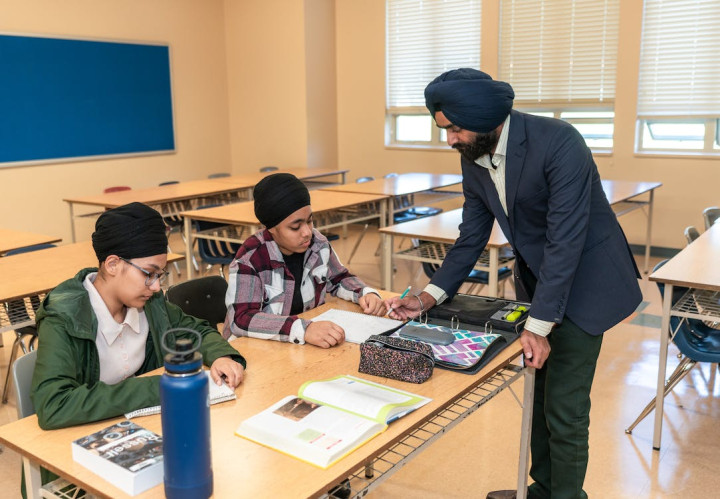
Cooperative Learning in classroom improves the student’s ability to interconnect with others or with a community. Remember the days of “group studies” where group of friends met in one’s home and made strategies and plans, planning to complete the syllabus or lessons so that they could score good marks in exams. To be honest, the concept of cooperative learning matches with group study but it has an angle of advanced scientific approach that benefits the students in the near future.
In the era of 1800 to 1900, the education system was set within one room where students focused on individual learning goals and teachers encouraged the best students more and focused less on the average or below average students. It was John Dewy, an education reformer in the year 1940 noticed the education setting and argued that there should be development in the students’ interest in vast arena of learning and schools must take the responsibility for this action. According to him, when there is no brain, gender, or community biasness among the students, and they work together in a school project, then they develop confidence, interdependence and critical thinking abilities to shape a better future for themselves and for the community.
In the cooperative learning model, students have two responsibilities- the first one is to learn about the assigned material given in the classroom and the second one is that the teachers ensure that all students in one group will learn the assigned material. These dual responsibilities given to the students teach them positive interdependence. Cooperative learning helps the students to become confident and they make efforts together under the guidance of an educator to make learning process smooth.
With the help of positive interdependence, the next element that cooperative learning encourages is face to face interaction. It improves students’ effectiveness towards assistance and help. With cooperative learning, the students achieve the skill of high-quality decision making and they also develop the problem-solving skill. The main aim of cooperative learning is to achieve mutual goals and build trust on each other.
Cooperative learning helps the group of students to know how to assist, encourage, and support each other and complete the given assignment by the facilitator. The main aim of cooperative learning is to make each student in the group a strong, confident and determined individual.
Cooperative learning also involves interpersonal skills so that the students get to accomplish what they want to get and show trust accordingly. For high level of collaboration, students must learn social skills and make the cooperative group productive.
Through cooperative learning, the teachers and students can analyse how the group is processing and then strategize what will be the group’s future.
Cooperative learning enhances the student’s ability to create positive environment inside the classroom. This learning model is way beyond just career achievement, psychological health. It helps the students rather prepare them to build and even maintain stable families, friendships and marriages and helps in the career growth and humanitarian services.
Read more article: A Guide to Developing Math Skills in Children